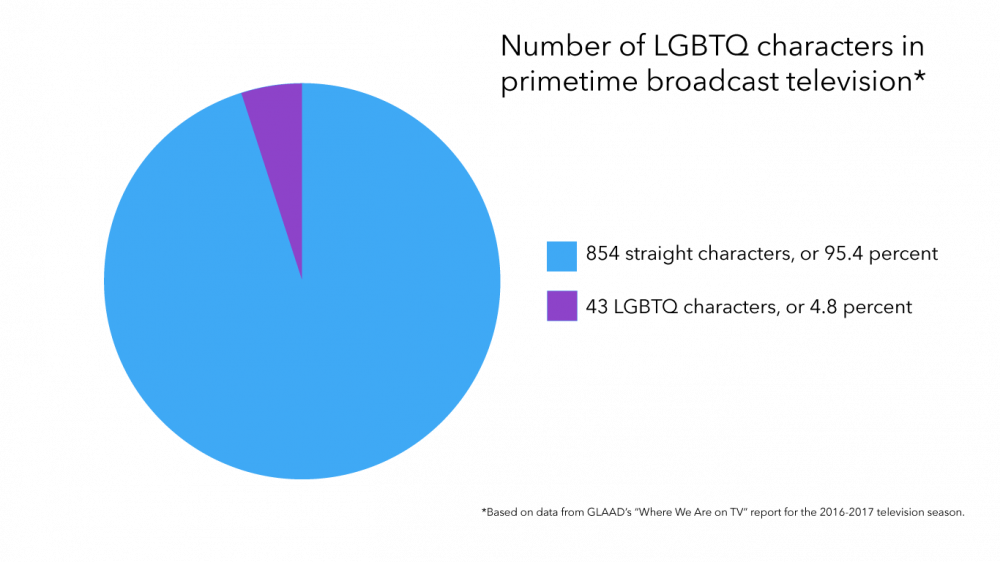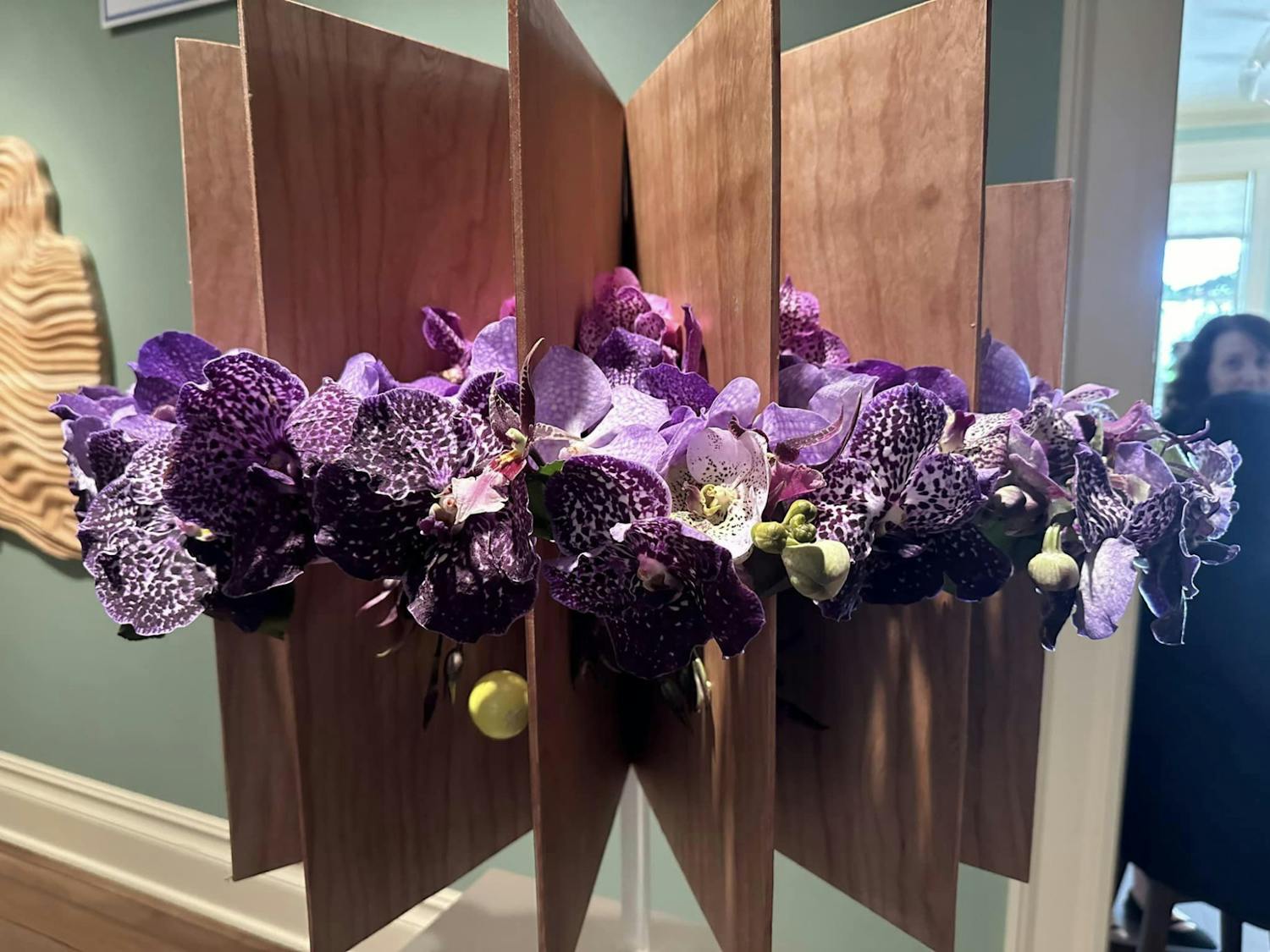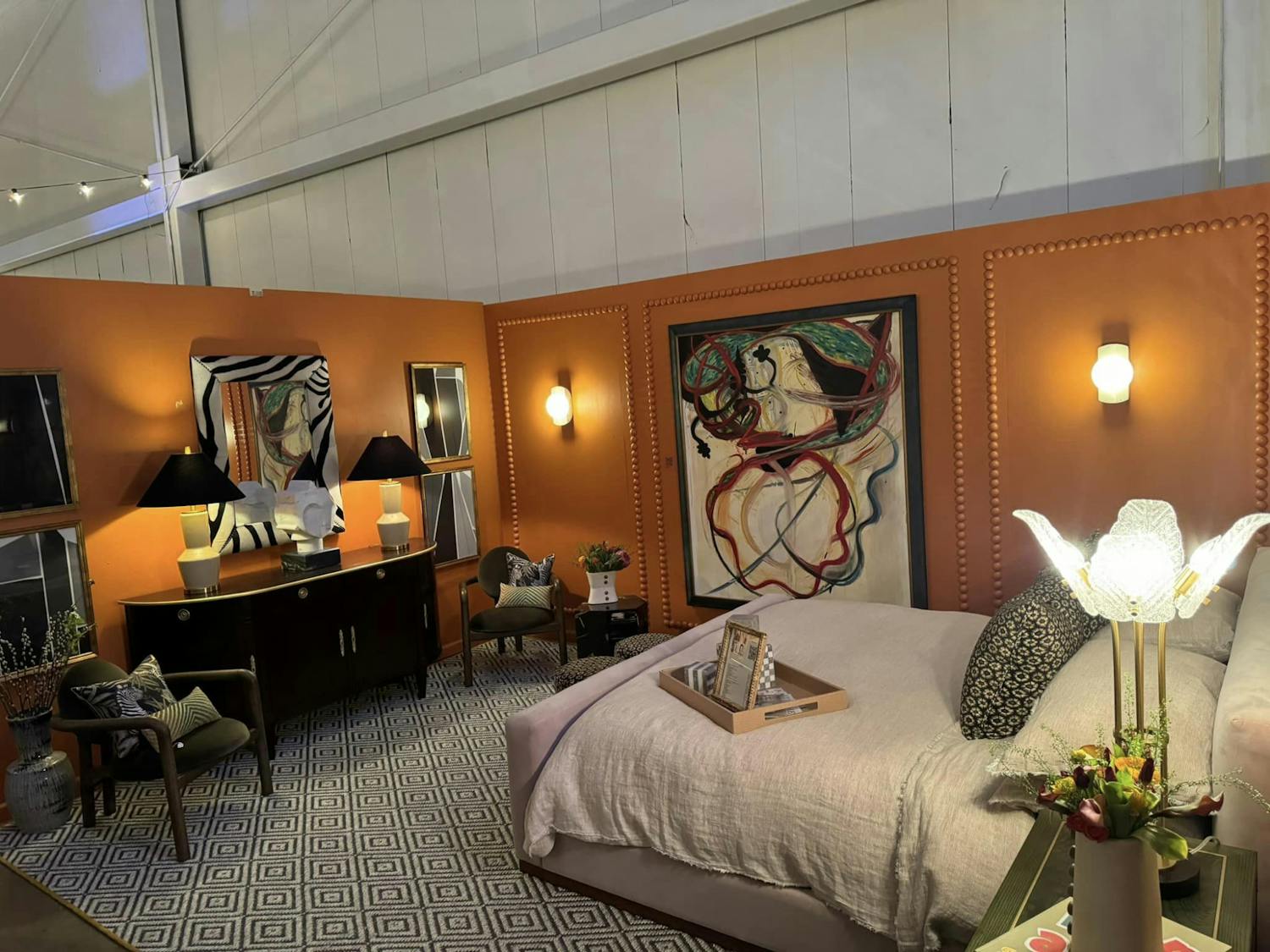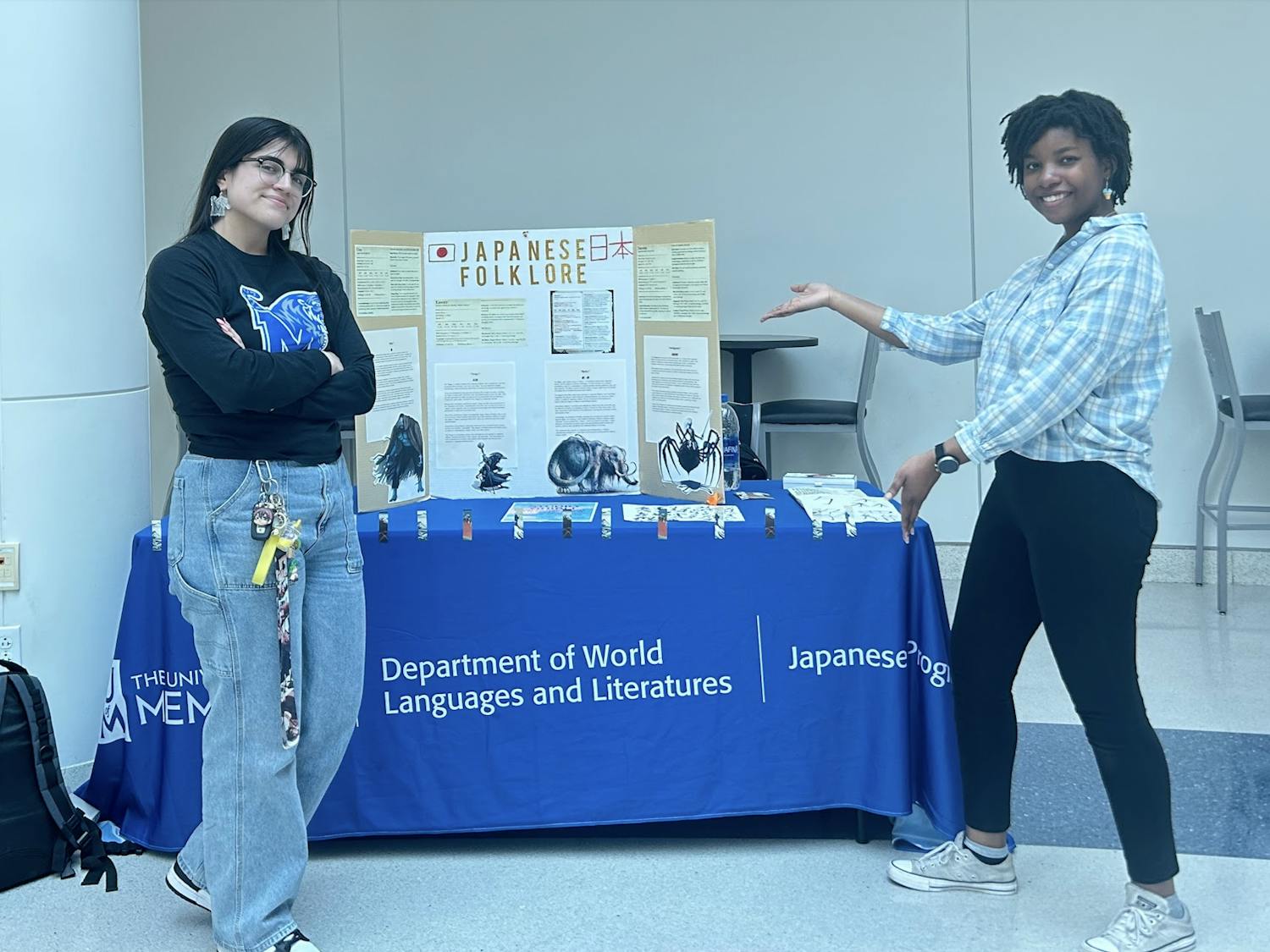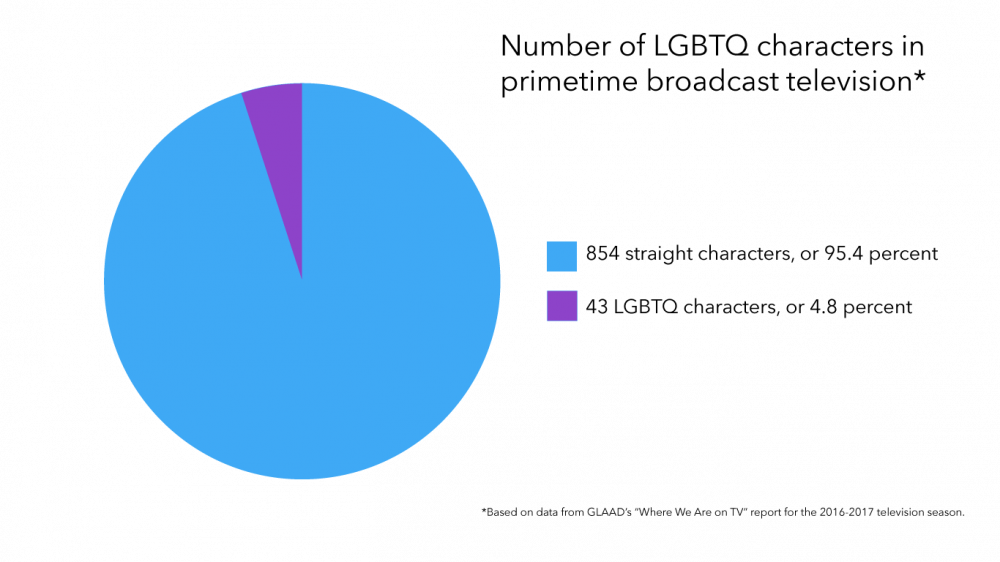
Broadcast television has 854 straight and 43 LGBTQ characters, according to GLAAD's "Where We Are on TV" report for the 2016-2017 television season. This means straight people compose over 95 percent of all characters on broadcast TV and LGBTQ characters compose under 5 percent.
LGBTQ activist, film historian and author Vito Russo, researched the representation of gender and sexual minorities in film from the 1920s to the ‘80s, and he found they are often portrayed as one-dimensional side characters, which he compiled in his book “The Celluloid Closet.†Today, the LGBTQ community has started to see more characters like them in media, but there is still a long way to go in representing the whole community.
Kiera Aycock, a pansexual student at the University of Memphis, said most of the LGBTQ representation in films, television and other media revolves mainly around gay men.
“I don’t see many popular films with female and female or even a bisexual or pansexual couple,†Aycock said. “There really is almost no representation of people who don’t identify as male or female. I, myself, do identify as female, but I recognize there are more than two genders, and the mainstream film industry should as well.â€
In GLAAD’s “Where We Are on TV†report for the 2016-17 television season, only 43 total or about 5 percent of characters on original scripted series that broadcast during primetime identified as LGBTQ. Gay men compose about half of all the LGBTQ characters, while lesbians represent 17 percent and bisexuals represent 30 percent. Broadcast programming included three transgender characters or 4 percent of all LGBTQ characters.
Brandy Wilson, an English professor at the U of M teaches a class about LGBTQ literature and said she thinks LGBTQ representation has improved but is still limited.
“There are now more movies and TV shows with gay characters, but there tend to be more gay men than lesbians, and more of both of these than bisexual, transgender, queer, asexual, intersex and other identities,†Wilson said.
Wilson said representations of gay men rely on stereotypes in shows like “Will & Grace†and “Queer Eye†and representations of lesbians rely on the ‘forbidden lesbian love’ storyline with a punishing ending like in the movie “Disobedience,†which has yet to have been released in the United States.
“I would like to see more representation of the spectrum of LGBTQ+ experience, and I’d like to see positive but realistic portrayals of this experience,†Wilson said. “I’d also like to see this spectrum of experience represented in the primary story arc of the film or TV show rather than as a supporting or sidekick role or subplot.â€
While there could be more LGBTQ people in different forms of media, the community has made many gains in this field.
The television show “Sense8,†which was created by the Wachowskis, who are two transgender twin sisters who also created “The Matrix†trilogy, features LGBTQ characters and has gained a cult following among its viewers.
The movie “Love, Simon,†which was released in March, is about a gay teenager and his coming out story.
The video game series “Mass Effect†gives players the options to pursue same-sex love interests as the protagonist of the story.
Yance Ford was the first transgender director to receive a nomination at this year’s Academy Awards for his documentary feature “Strong Island.â€
Barbara Kritchevsky, a law professor at the U of M, said it is hard to know what improves people’s views on the LGBTQ community.
“I assume most people have bigoted impressions of any minority because of ignorance and misunderstanding,†Kritchevsky said. “Being around members of that group — be it racial, religious or sexual — shows that there really isn’t any difference based on any specific trait and to put rumors and stereotypes aside.â€
Kritchevsky said a good representation of any group is an accurate representation, and because people are different, there is not just one way to portray anybody.
“First, portraying differences is important,†Kritchevsky said. “Public invisibility breeds the sense that there’s a secret. Accurate presentation means that sexuality is just one of many traits a person has. It doesn’t define anyone any more than being straight is all that matters about a straight person.â€
Kritchevsky said the amount of LGBTQ people represented in media will increase when more members of the community have the courage to come out and when producers of media are more willing to display society’s diversity.
“Obviously, coming out didn’t hurt Anderson Cooper or Ellen DeGeneres,†Kritchevsky said. “Not everyone has their name or stature, but they show that one can be openly gay, at least, and succeed in media.â€

